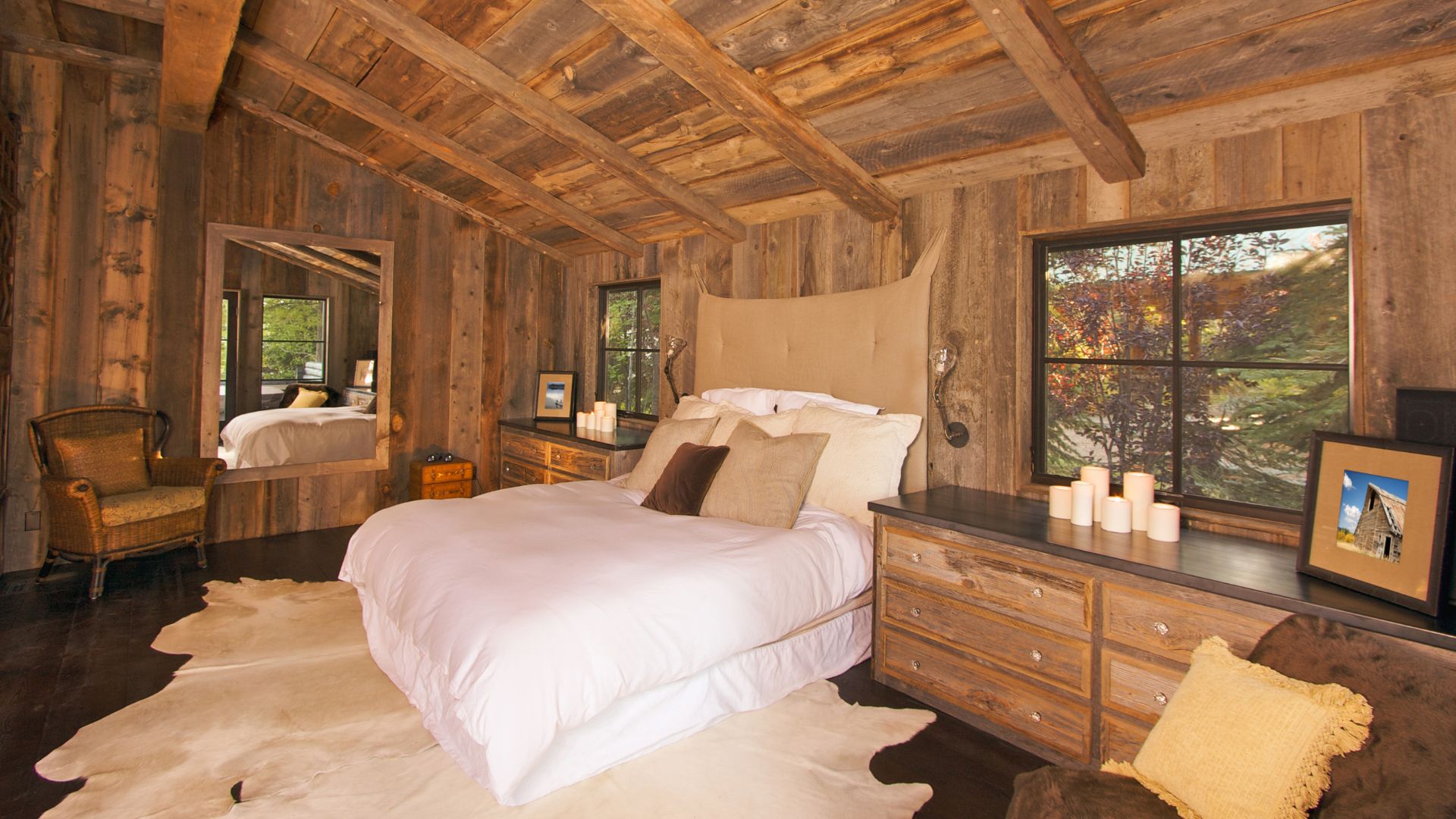Log Cabin Interior Design
Starting from its humble origins, the log cabin’s interior design has come a long way. In early America, pioneers constructed the first log cabins using materials readily available in their immediate surroundings. They utilized modest furniture and a functional aesthetic. The décor of these early cabins was simplistic, often incorporating handmade quilts and wood-burning stoves.
Over time, affluence brought changes. The industrial revolution saw the log cabin evolve from a symbol of frontier life into a symbol of extravagance. The interiors transformed to include elaborate fireplaces, ornate furniture, and extensive art collections, becoming reminiscent of the European estates from which many settlers originated.
In the 20th century, the spread of railways enabled easier access to remote wilderness locations, spurring a revival of the log cabin as a recreational retreat. Designers started blending traditional rustic elements with modern comforts, setting the stage for today’s eclectic log cabin interiors, splendidly balancing the historic and the new.
Key Elements of Log Cabin Interior Design
Wood Types and Treatments
The quintessential component of log cabin design, wood, varies in type and treatment, each offering distinct appeal. Spruce, pine, and cedar remain popular for their durability, unique grains, and natural aroma. Cedar, specifically, resists decay and insects, giving longevity to your home.
We introduce treatments to improve wood’s stability and visual appeal. Oils and stains seal the wood, emphasizing grain patterns and preventing moisture penetration. But it’s not just about practicality.
Incorporating Stone and Leather
Partnering wood with other elements like stone and leather maintains the rugged charm while ensuring comfort. Stone, particularly in fireplaces or accent walls, adds texture and an earthy tone. Its visual heaviness counterbalances wood’s warmth, creating an equilibrium in your space.
Leather, on the other hand, is an excellent choice for upholstery. Its richness complements wood’s grainy texture while offering practicality. Leather proves more durable and easy-to-clean than fabric, ideal for spaces that see heavy use.
Enhancing your log cabin interior involves an informed selection of materials and balances them. Understanding each component’s strength and the character it contributes brings personality to your space, celebrating a rich tradition while making it uniquely yours.
Modern Log Cabin Design Trends
Echoing the evolution of log cabin interior design, modern trends unite tradition with innovative touches. Whether it’s the seamless fusion of rustic elements with contemporary aesthetics or the adoption of eco-conscious materials, today’s interiors strike a balance between old-world nostalgia and modern sensibilities.
Minimalism in Log Cabin Interiors
Embracing minimalism in log cabin interiors, it’s possible to achieve an aesthetic design that exudes serenity. Instead of littering living spaces with multitudes of ornaments and furniture, the new wave of cabin interior design focuses on keeping only essential items. High-quality pieces of furniture take centre stage against a backdrop of bare wood walls, floors, and ceilings. The sparse utilization of accessories, often handcrafted, punctuate the space with subtle elegance.
Integrating Technology into Rustic Design
Incorporating technology isn’t about compromising the rustic appeal of cabin interiors—it’s about enhancing comfort and convenience without disrupting the visual harmony. Stealth technology integration is a growing trend in modern log cabin designs, where tech elements are woven into the traditional aesthetics seamlessly. Take, for instance, the use of hidden speakers embedded into the wall paneling for a surround sound experience without visible wiring or intrusive gadgets.
It’s clear that the appeal of log cabins lies in their ability to blend tradition with modernity. Whether it’s the use of natural materials, the strategic use of lighting, or the incorporation of open floor plans and smart storage, each element plays a vital role in creating a harmonious balance. Log cabin design isn’t just about aesthetics, but also about functionality and comfort. As we continue to innovate and evolve, we’re confident that log cabin interior design will remain a beloved choice for those seeking a unique blend of old and new.
